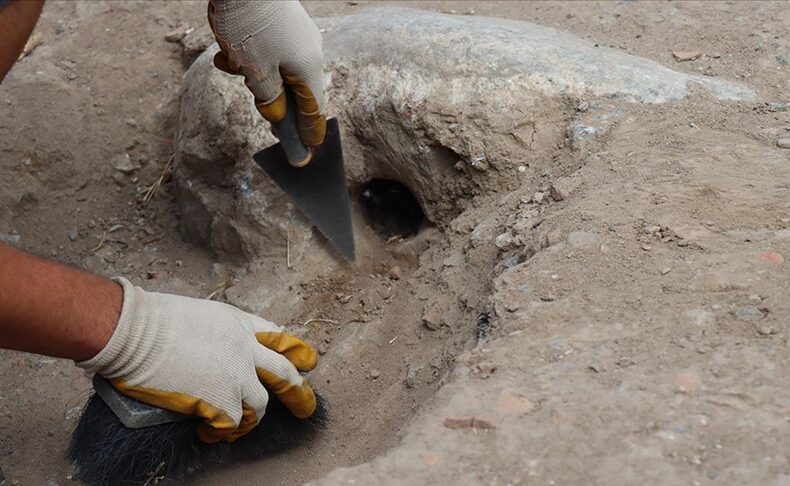
Marble-Paved Roads and Ancient Sewers Unearthed at the Roman Theater of Nicaea — Site of the First Christian Council
Archaeologists have uncovered marble-paved roads and a remarkably well-preserved sewage system at the western sector of the 2,000-year-old Roman Theater of Nicaea (modern-day İznik, Turkey) — the ancient city that hosted the First Council of Nicaea in AD 325, a defining event in early Christian history.
The excavations are conducted under the İznik Museum Directorate with scientific supervision from Dokuz Eylül University and support from the Bursa Metropolitan Municipality and the Turkish Ministry of Culture and Tourism. The recent field season revealed exterior entrance routes, stretches of marble walkways, and a functioning drainage network attached to the theatre’s outer ring — evidence that the complex combined monumental design with sophisticated Roman engineering.
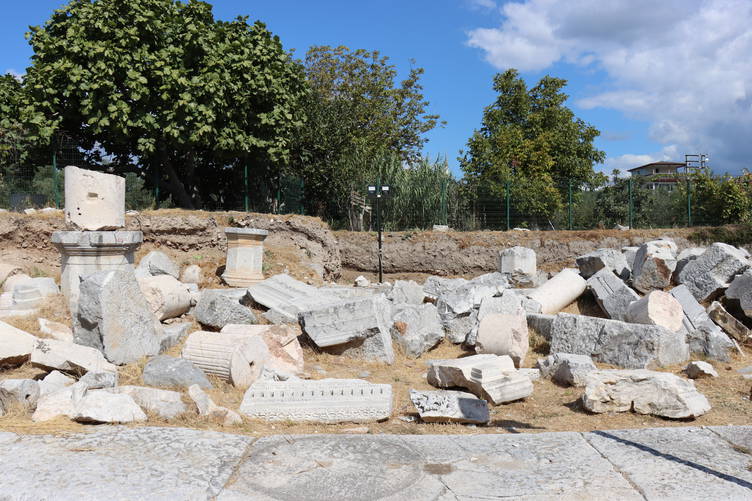
Project director Prof. Dr. Aygün Ekin Meriç, from Dokuz Eylül University, emphasized the theatre’s uniqueness: built entirely on flat terrain and raised on vaulted substructures rather than a hillside, it stands as one of the rare fully vaulted Roman theaters in Anatolia. Measuring 102 by 79 meters, the structure once reached 24 meters in height and could accommodate nearly 10,000 spectators.
Originally constructed during the reign of Emperor Trajan (AD 98–117), the theater hosted gladiatorial games and public spectacles throughout the 2nd and 3rd centuries AD. From the 4th century onward, archaeological evidence shows a clear shift toward Christian use. Wall paintings and engravings feature crosses, wreath motifs, and a Theotokos-type Virgin-and-Child image — among the earliest examples known in Anatolia.
📣 Our WhatsApp channel is now LIVE! Stay up-to-date with the latest news and updates, just click here to follow us on WhatsApp and never miss a thing!!
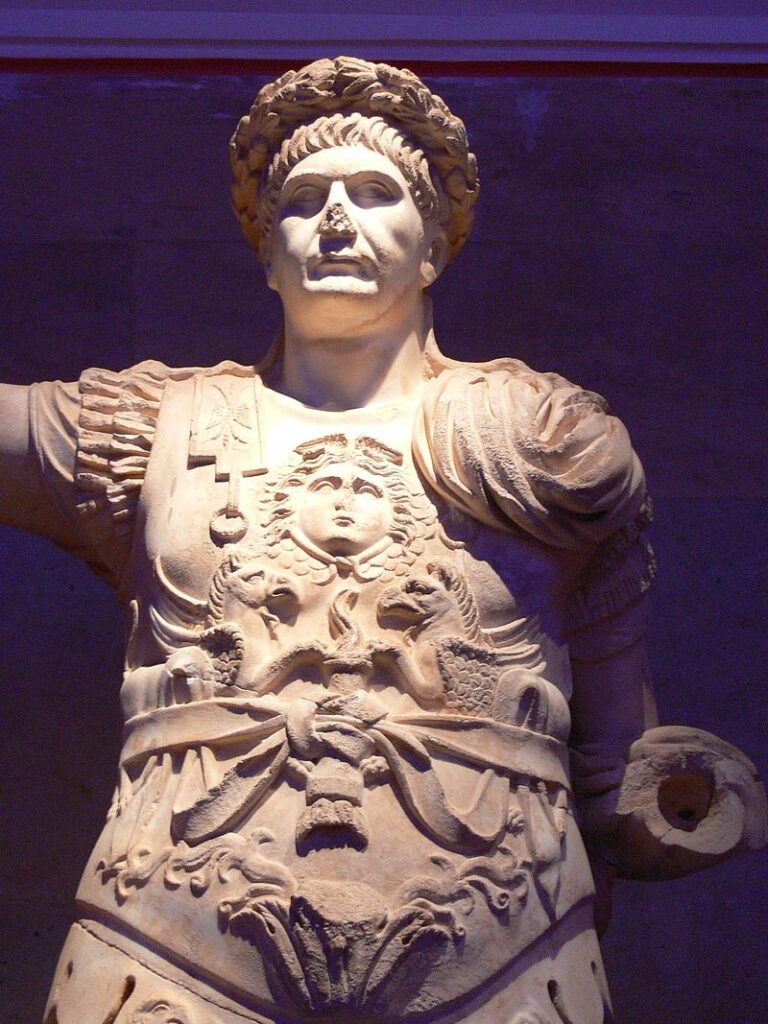
These transformations coincide with Nicaea’s role as the meeting place of the First Ecumenical Council, which defined central doctrines of Christianity. Researchers suggest that the theater, with its temporary roof supports and frescoed interiors, may have hosted gatherings of clerics during that period.
Recent work has also identified medieval churches built atop the cavea and around the entrance areas between the 11th and 13th centuries, as well as Crusader-period graves nearby. The team plans to begin a detailed necropolis excavation in 2026 to study these later burials.
In later centuries, Ottoman craftsmen established ceramic kilns within the ruins — a sign of continuous reuse. Archaeologists describe the theater as “a living stratigraphy” of Nicaea’s history, preserving Hellenistic foundations, Roman stonework, Byzantine frescoes, and Ottoman industrial remains within a single structure.

The restored theater reopened to visitors in March 2024 and has since attracted more than 90,000 visitors. Upcoming restoration efforts will focus on the columned galleries at the east and west entrances — elegant reception spaces that once framed the theater’s ceremonial approach.
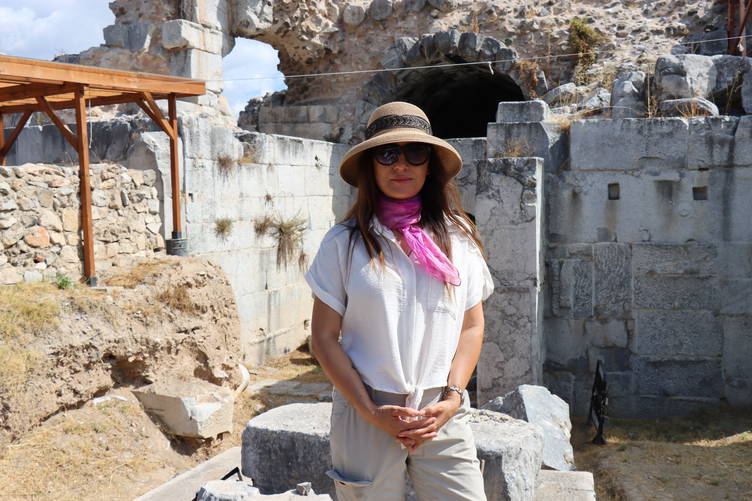
“Finding both marble walkways and a functional sewer line in the theater’s outer ring changes how we understand Nicaea’s urban planning,” said Prof. Dr. Aygün Ekin Meriç. “It shows that this was not merely a place of entertainment but a civic and sacred hub that evolved with the city itself.”
Cover Image Credit: Büşra Nur Yılmaz/AA
You may also like
- A 1700-year-old statue of Pan unearthed during the excavations at Polyeuktos in İstanbul
- The granary was found in the ancient city of Sebaste, founded by the first Roman emperor Augustus
- Donalar Kale Kapı Rock Tomb or Donalar Rock Tomb
- Theater emerges as works continue in ancient city of Perinthos
- Urartian King Argishti’s bronze shield revealed the name of an unknown country
- The religious center of Lycia, the ancient city of Letoon
- Who were the Luwians?
- A new study brings a fresh perspective on the Anatolian origin of the Indo-European languages
- Perhaps the oldest thermal treatment center in the world, which has been in continuous use for 2000 years -Basilica Therma Roman Bath or King’s Daughter-
- The largest synagogue of the ancient world, located in the ancient city of Sardis, is being restored

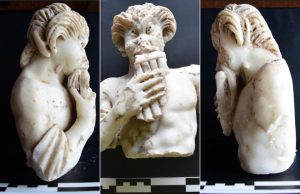
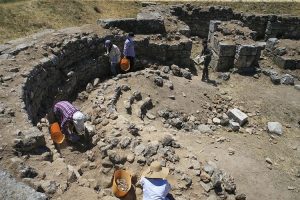
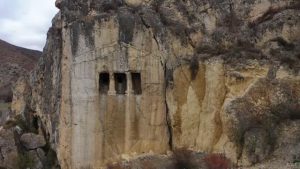
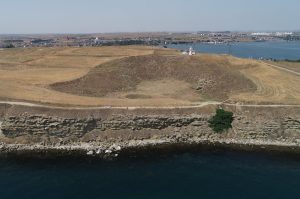
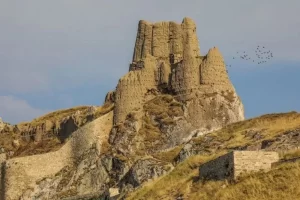
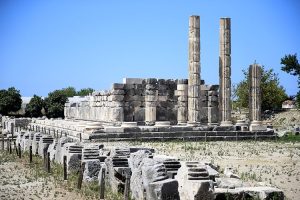


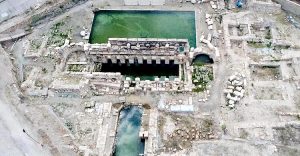
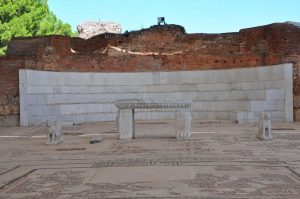
Leave a Reply